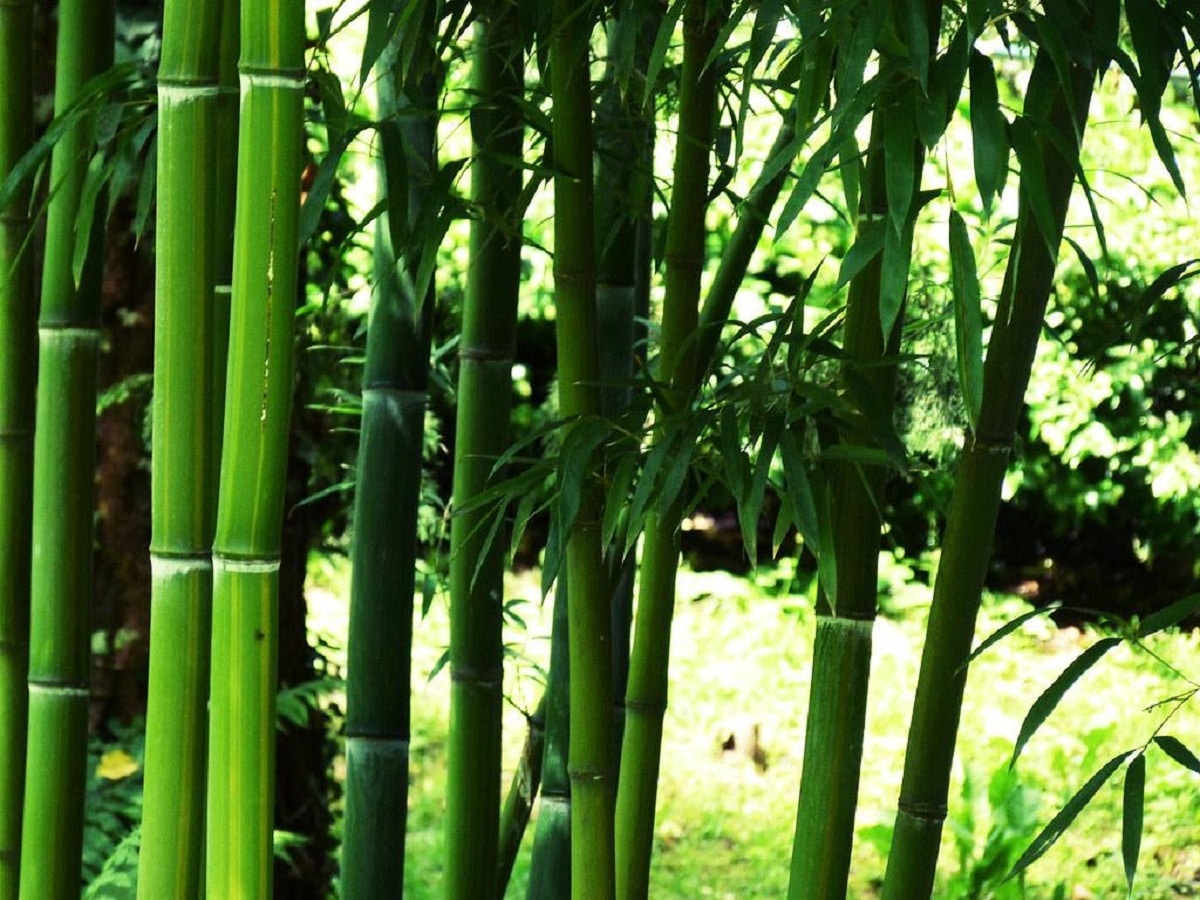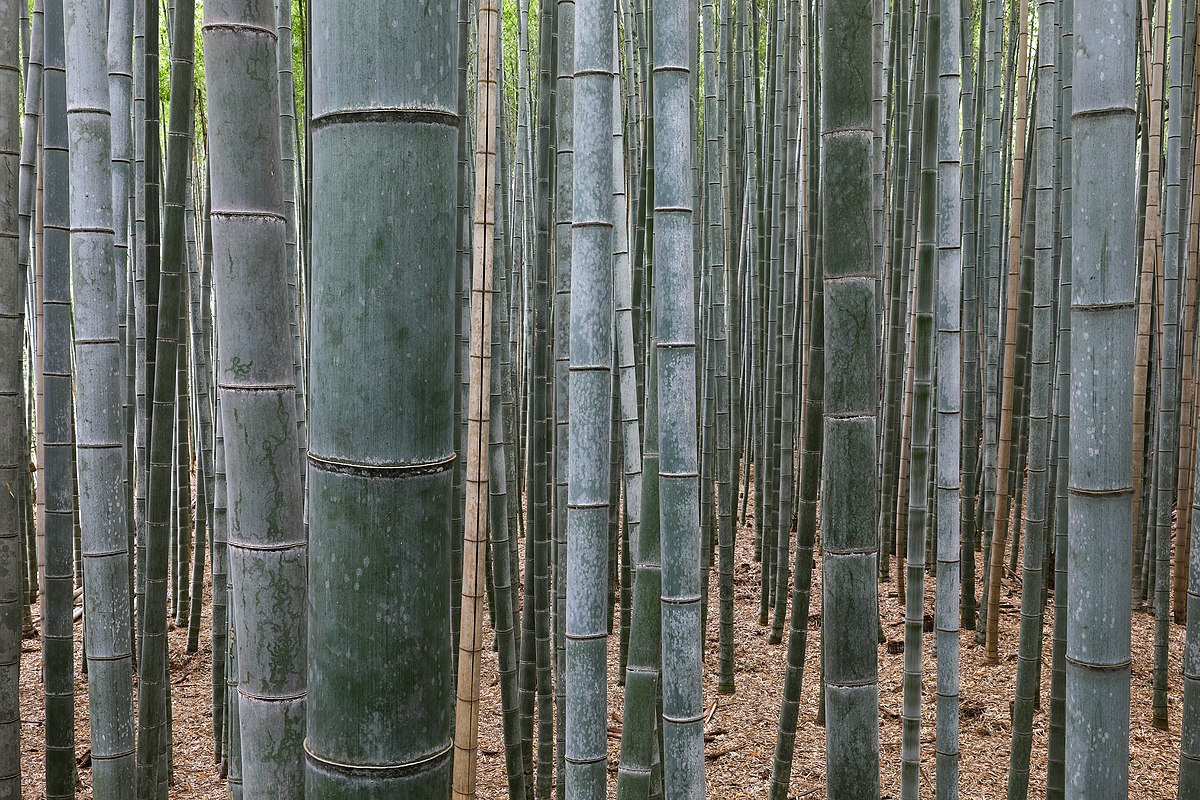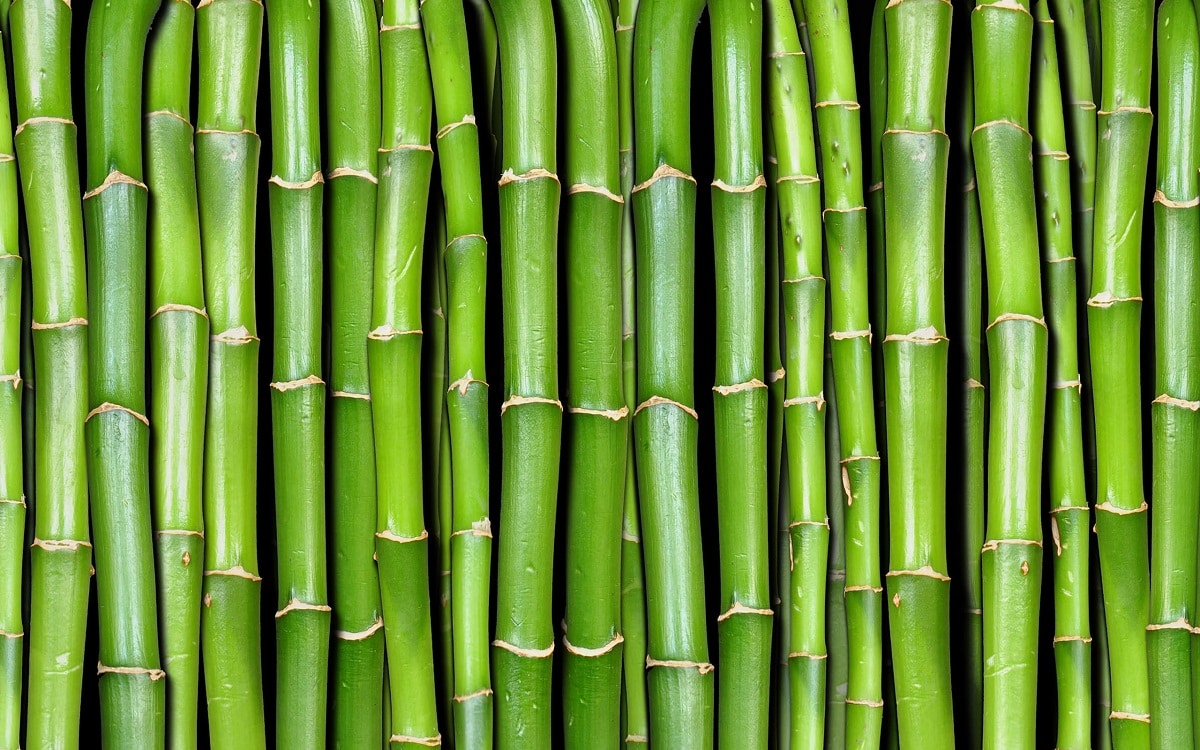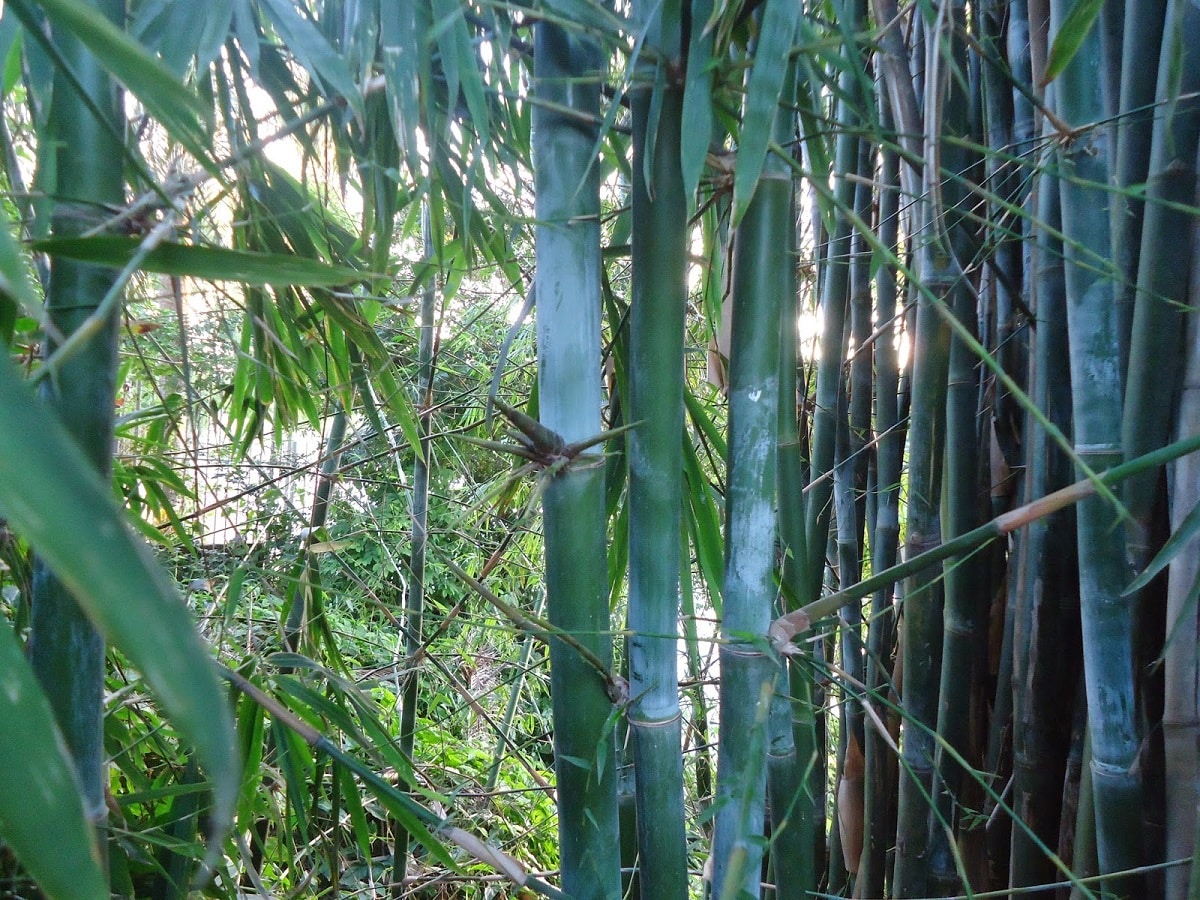
Bamboo is a thick, woody grass widely used for both furniture making and garden decoration. In this case, many people want to use it as an ornamental plant or as a privacy barrier in the garden. For this reason, many people wonder how to reproduce bamboo in an effective and easy way.
In this article we are going to tell you how to reproduce bamboo in the simplest way possible and what are the different forms that exist.
Bamboo characteristics

Bamboo is a grass whose subfamily grows from the roots, forming rhizomes, from which stems grow. These are usually woody and cane-shaped. Bamboo shoots can be buried for years without coming to the surface.
The size of this plant can vary greatly, ranging between 1 meter and 25 meters in height. A curious fact is that the characteristic knots of its cane presence are present from the appearance of the buds, which give the image of a miniature cane.
This plant has two types of leaves. Some grow from branches growing from tree trunks or sugarcane and are green with false petioles. Others grow directly from the stem and are brown in color.
Bamboo flowering is very important and consumes a lot of plant resources, so many bamboos die after flowering. There are still big questions about this flowering process, since the appearance of flowers can be present sporadically in some specimens, or the entire species can flower at the same time, regardless of where the specimen is located.
Reproduction types
It is possible to propagate bamboo from seed, but not practical for several reasons.
- Bamboo flowers are long and sometimes irregular, so in many cases it is difficult to obtain their seeds.
- Although there are seeds, it is very common for only half to germinate.
- As if that wasn't enough, the bamboo from the seeds developed more slowly.
The other most effective way is through cuttings. Planting by cuttings is the process of propagating a plant through fragments of its stem, leaves or roots. Going through the process of planting by cuttings, if everything is correct, you can be sure that the new plant has the conditions for the species that produced it.
For horticulturists and gardeners, propagation by cuttings is a technique that allows them to quickly propagate a large number of plants from a single sample through a simple process. Planting by cuttings is currently the most common method for beginners in the art of gardening. Asexual or vegetative propagation of bamboo, including propagation from branches, buds, stems, or rhizomes, is the best method of plant propagation.
When is the best time to reproduce bamboo

The best time to plant should be during the rainy season, since the soil for the plant must remain moist for the first 30 days. Currently, bamboo cuttings can reproduce throughout the year as long as they have the conditions for their development, mainly water.
Bamboo cuttings root easily in water or soil. Although its roots grow big and strong, it is not necessary to put nutrients into it, but more importantly, the water here is chlorine-free. To obtain bamboo chips or bamboo stems for planting, it is necessary to select mother plants that are phytosanitary and in good condition.
How to reproduce bamboo

Gently run your fingers along the roots to cut the bamboo from the mother plant, pull them apart and break off a stem. Long, firm cuttings with at least 2 knots should be chosen to ensure reproduction.
With the help of proper gardening tools, Cut a section of the mother bamboo as close to the stem as possible, sterilize and clean it. The lower leaves of the cutting are then removed, taking care to keep the upper leaves intact so that the cutting can focus its energy on root development.
Then you have to submerge the cut in a glass container filled with water, the best container for the cut to spread, so that 40% of the cut is submerged in water and the rest is protected in the container. Bamboo is one of those plants that can reproduce more easily in the water and guarantee a higher percentage of catch.
Once a cut is obtained, it should be placed in a container with water immediately to avoid dehydration and stress to the plant. Horticulturists and experts prefer to use distilled or bottled water because it does not contain chlorine, a very harmful nutrient for bamboo.
In the case of preferring tap water or running water, It is recommended to let it rest for about 24 hours so that the chlorine gas decomposes before introducing the bamboo cut. Put the cutting in water, cover several of its nodes, and then wait until the roots emerge and a new plant grows.
Is it convenient to use fertilizer or compost?
In addition to the use of fertile soil, the use of fertilizers facilitates the optimal development of bamboo stems, providing conditions for massive germination in the shortest possible time. Lime-sandy alluvial soils from pozzolans are recommended, and generally a good harvest of bamboo is obtained with a mixture of 63% sand, 19% silt and 18% clay.
As soil improvement measures, the application of compost and natural humus is recommended, as well as the application of dry leaves and grasses to increase soil moisture. Place the cuttings in direct and indirect sunlight for a month, then in bright places without direct sunlight. By planting bamboo cuttings in the ground, Weeds must be controlled to prevent them from competing for nutrient uptake.
Bamboo propagated from stem fragments, placed in distilled water, or planted in the ground, can take up to a month to develop new roots and shoots. The most convenient bamboo breeding system is called chusquine breeding. Chusquines are thin sheets of bamboo stems with roots protruding from the rhizomes and are considered young trees. Using this propagation method, each plant is capable of producing 5 to 8 new plants in an average of four months.
I hope that with this information you can learn more about how to reproduce bamboo.